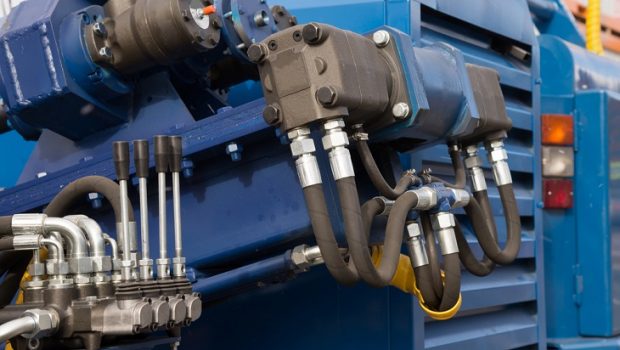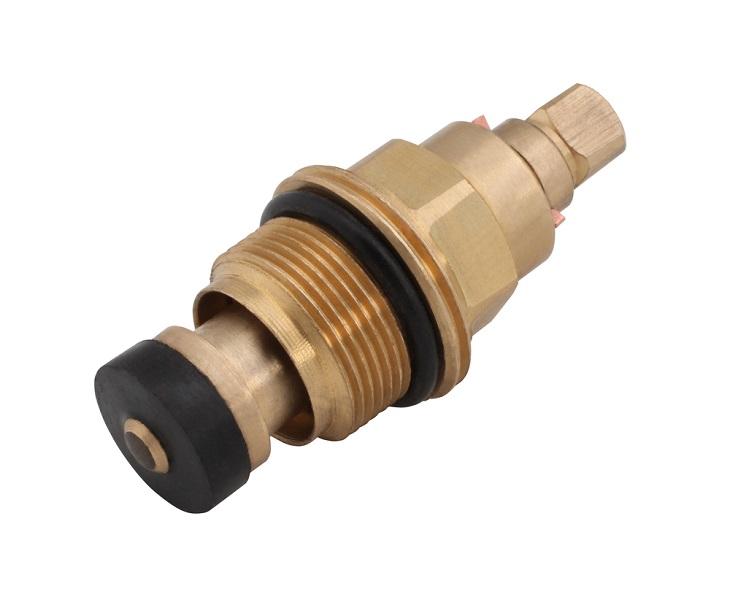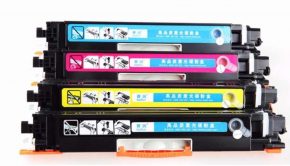The Significance of Cartridge Valves
Cartridge valves better known as slip-in-valves are important in the field of hydraulics as pressure, directional, and flow control valves. On the industrial front, the demand of these slip-in-valves is ever growing, as they are economical, and are an ideal component of most hydraulic systems. These valves are units that are rated for low flows of 40 gpm or less and may vary to as high as a maximum of 100 gpm. These valves are used, other than for pressure controls, as simple 2-way, pilot-to-close check valves, and bi-directional valves. Most commonly a cartridge consists of a sleeve, a valve poppet and a closing spring. The fluid that enters the port is likely to either drive the holding poppet open, and this makes it easy to be installed in any kind of hydraulic system.
These Valves Can Perform Several Different Functions That Include: –
- Directional Control Valves– The function performed by these valves are to start, stop and to control the directional flow.
- Pressure Control Valves– The valves function to control pressure, which includes unloading and sequencing of the same.
- Check Valves– Cartridge valves are also used as check valves, they operate and posses’ capabilities that are equivalent as pilot operated ones.
- Flow Control Valves– The function of these valves is to have an effective control over the flow of hydraulic fluid that is flowing through the system.
The cartridge valve, thriving for nearly over three decades and still ceaselessly being on top, in the fluid power industry, as it is compact in size, economical and has fast twitching speeds. Their combination is strong and works cost effectively and offers the illustration of how these cartridge valves and cover plates can collectively combine to perform a variety of functions. The main advantage of slip-in cartilage valve is that there is almost zero bypass through the A port. The other feature being the fast response on opening as there is no overlap with instantaneous flow. Same is the response on closing.
The various features that are offered by cartridge valves are raised power density, several functions at one mounting system, soft switching, low pressure drop, large flow range, and low sensitivity to contamination, unlimited holding time and special safety certifications, mounting within a manifold, single contact point within valve and many more features that can cater to different needs.
Cartridge valves are also being used with designs that are used in a conventional hydraulic system, offers their functionality in parallel fashion. These hydraulic features somehow replicate the functions that are being offered by other valves, a system that composes of such designs is designed to replicate the effectiveness of a conventionally designed system. You cannot afford to use a sub standard valve that can pose a threat of damage to its users, complete system and other components as well. To derive utmost quality, you should get in touch with authorized dealers to ensure smooth functioning of the same. You should make sure that your valves are suitable enough to fulfill the desired function.
And when it comes to hydraulics, there is no way that you can use inefficient products, that can turn out to be hazardous to its users. So, you should make sure that you always take into consideration your safety mostly. A cartridge valve’s function is usually marked with an ISO standard hydraulic symbol that characterizes the functions of the valve. There are many unusual valves that have very unusual valves posing as complex hydraulic symbols. The idea to generate multifunction valves usually come from the engineers who notice that such type of combinations of valves can be used several times in standard hydraulic circuits. So always make sure to buy cartridge valves that have a trademark logo to ensure quality as well as safety.









![Understanding the Mobility Adoption, Trends, and Its Future Outlook [Infographic]](https://technofaq.org/wp-content/uploads/2020/09/Featured-image-business-mobility-150x150.jpg)







